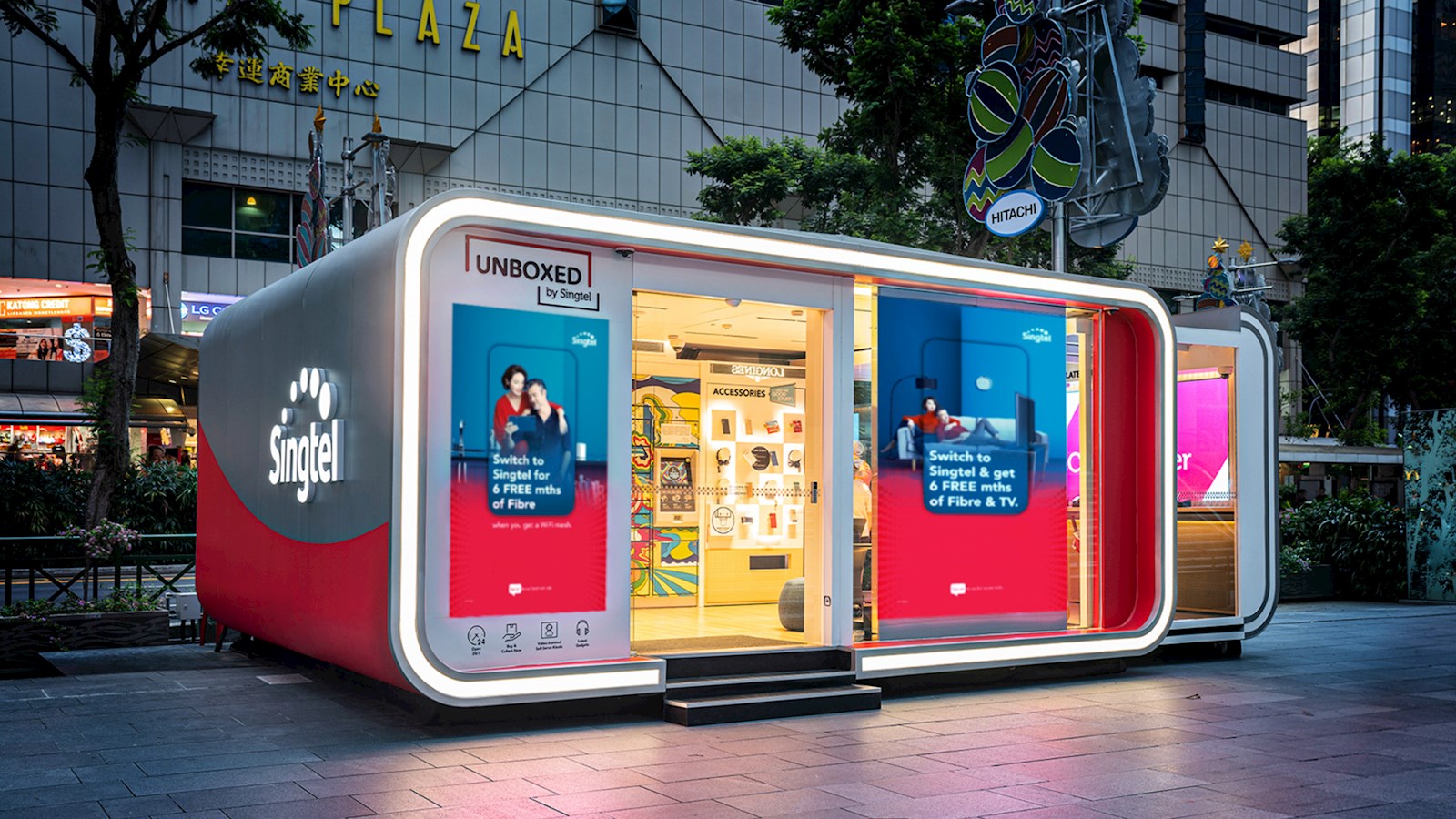
The future of retail formats: pop-ups, pick-ups and unmanned stores
Which retail formats work best for your brand’s experience strategy and what value do they add?
The ‘marketplace’ has played a critical role in human history, not just in terms of economic progress, but in fostering interactions between communities and becoming cornerstones of culture. While the shape, size and location of our shopping experiences continue to change, our love of, attachment to, and dependency on shopping in physical locations will not.
We all know that the onset of COVID-19 has forced a major pivot in retail, largely across the optimisation of ecommerce, product supply chains, and delivery logistics. The next test, as the world cautiously reopens, is to see how physical stores will respond to new demands and evolve into the long-term future.
The shopping experience should always spark joy, whether it’s through deeper engagement or facilitating ease. Currently, there are strong demands for both. Consumers are longing for a sense of community and belonging as they miss their favourite leisure spots and destinations. They are also choosing the convenience and speed that purchasing items online offers. Additionally, we now have a new requirement for hygiene and cleanliness, which is essential for safety but also for reassurance.
Hosting a physical shopping experience which covers convenience and hygiene, but also sparks joy, is the new minimum. As such, it’s never been a better time for brands to evaluate and explore their format strategy.
Questions to ask should include: what is the plan for each store in the estate? What role should it play? How does it work into the overarching brand experience? How can it meet local demands? How should it connect to online? What shopper mission is it serving?
A simple customer journey mapping exercise helps to identify a brand’s various touchpoints alongside its customers’ shopper missions. At FITCH we identify core shopping missions through our DEL framework: Dreaming, Exploring, and Locating.
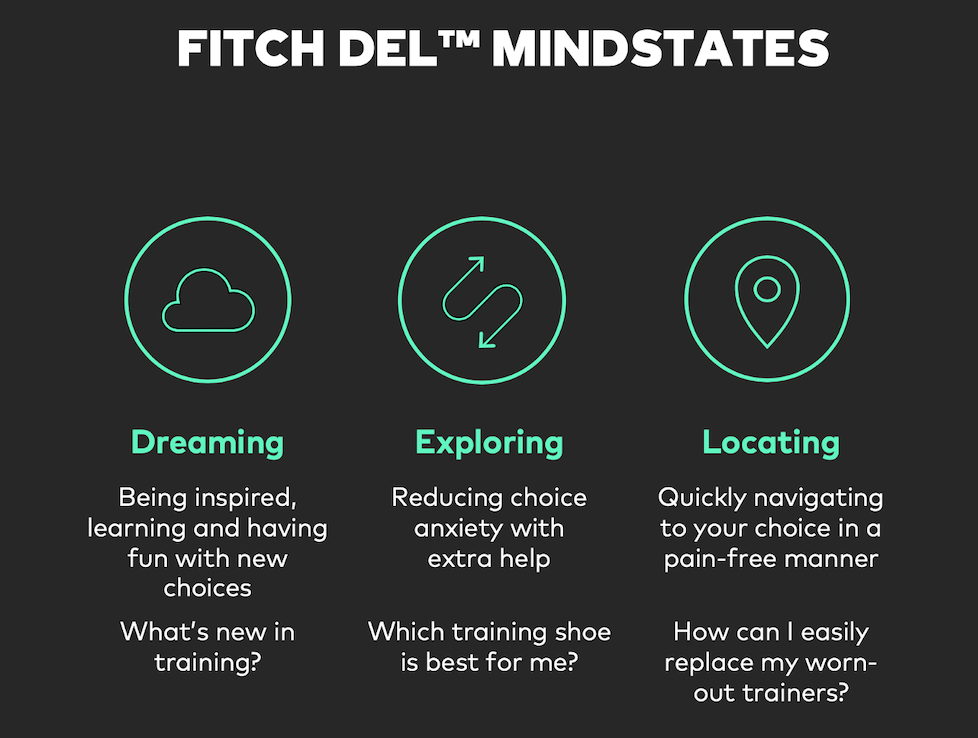
Once a customer journey is mapped against the shopper missions properly, it can then be optimised to inform a winning experience strategy.
So, as the world gears up to open physical locations again, what retail formats will work best for your experience strategy and what value will they add?
1. Pop-ups power rich experiences locally
At FITCH we define a pop-up as a temporary brand installation targeting both new and current customers. Traditionally, they are brand-focused and located in high traffic hotspots to drive awareness and trial. Consumers tend to associate pop-ups with exclusivity, so there’s a great opportunity for brands to drive marketing buzz around an opening, and increase engagement with local customers and influencers. The Glossier retail model is arguably one of the most successful pop-up networks globally. Each pop-up space is unique and tailored to the location. The spaces themselves are designed with Instagram in mind – with every corner of the store carefully curated to be shareable. The pop-up design and the power unleashed by the Glossier tribe on social media go hand-in-hand.
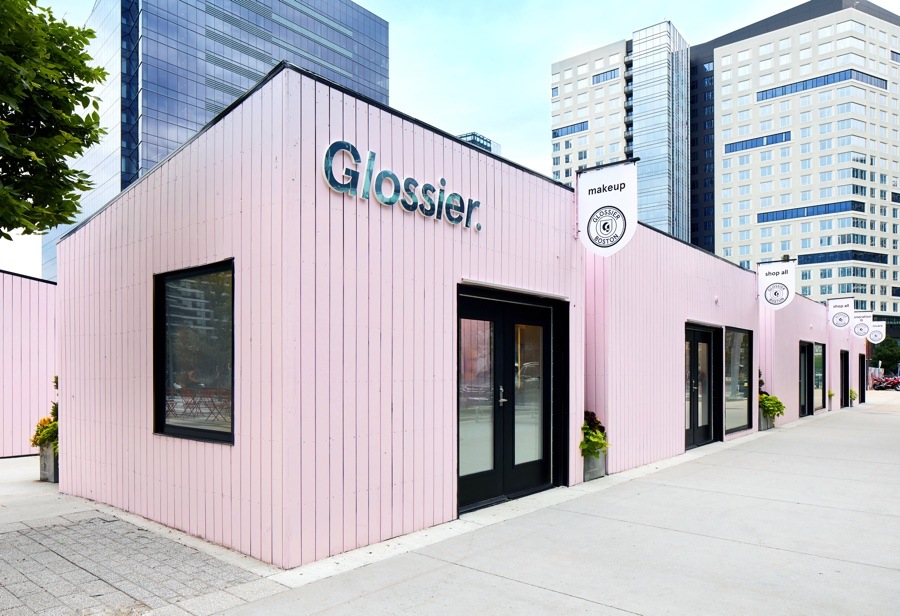
This format is perfect for Exploring and Dreaming shopper missions. These are the customers who enjoy interaction, learning, human connection and services. Pop-ups can facilitate these missions in a creative but socially distant way too – thanks to flexibility in modularity, location and leveraging various features or technologies.
The major benefit of employing a pop-up format is the ability to test new experiences for insights and implementation across the wider retail estate. With so many unknowns around customer behaviour (especially right now), a test and learn approach is always a sensible move.
2. Pick-ups enable ultra-convenience and loyalty
At the height of lockdowns across the world we have seen digitally-enabled and contactless retail services like curbside pick-up, delivery and drive-through increase their customer adoption rates. The pick-up format is great for 'locating missions' for those customers who know what they want and would like to get it quickly from their favourite brands.
Research indicates that in most countries, consumers don’t yet feel comfortable resuming their ‘normal’ out-of-home routines. The homebody economy is thriving and curbside pick-up is getting popular. Starbucks led this trajectory in 2019, with Starbucks Now in Beijing’s financial district, followed by the launch of Starbucks Pick-Up in September 2019 at Penn Station, NYC.
Retailers like Walmart, Target and Bed Bath and Beyond in the US, as well as Curry’s PC World in the UK, have quickly added or prioritised curbside pick-up formats to their retail models this year.
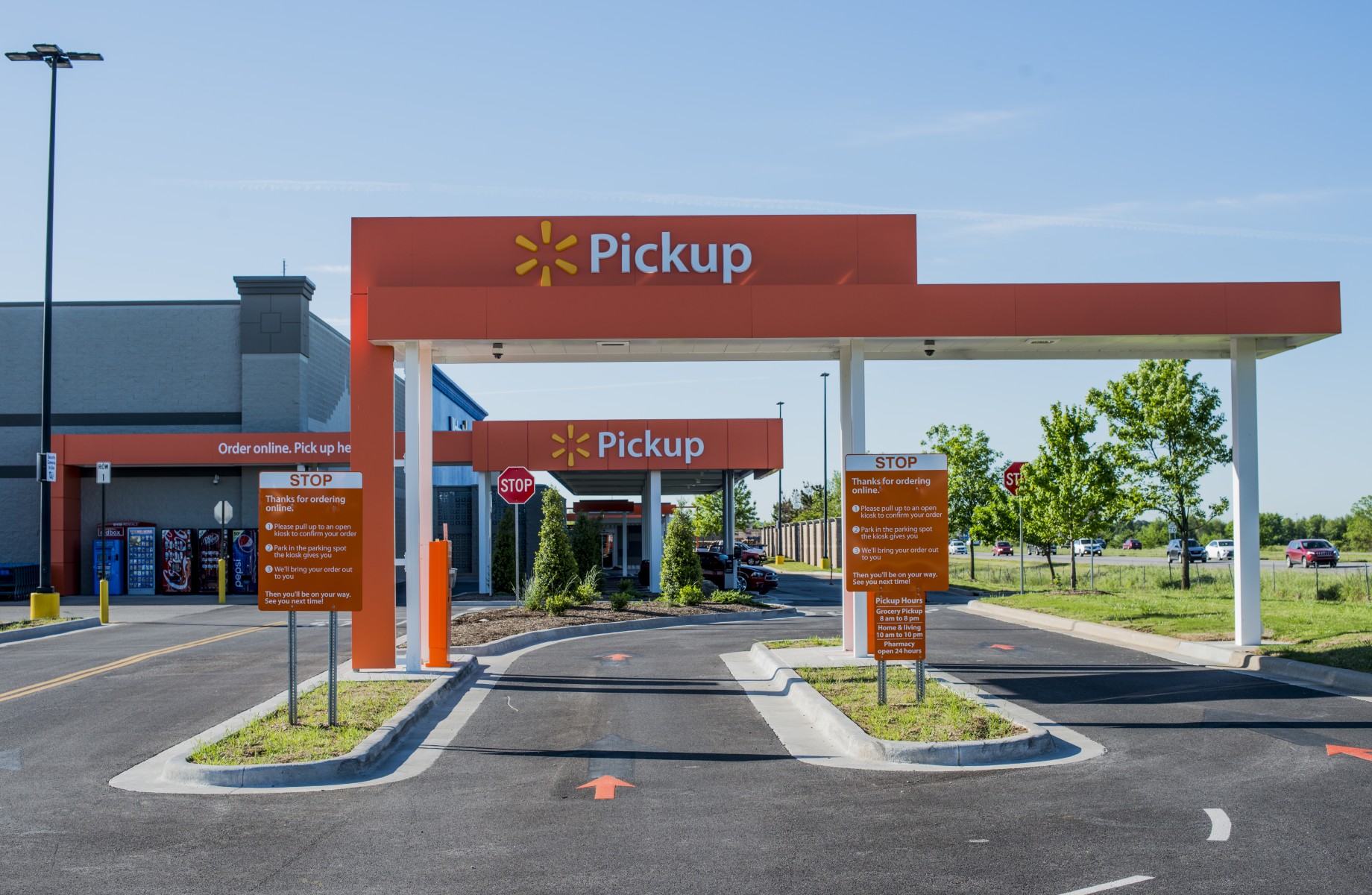
Supported by digital services like virtual queuing and virtual shopping assistants, the curbside pick-up format is a win-win for customers and retailers. For customers, it’s ultra-convenient, and for retailers it’s a much more cost-effective option than home delivery – not to mention a gateway to rich data insights and loyalty rates.
3. ‘Unmanned’ experiences deliver unlimited and touchless retail
In this evolving COVID-19 reality where hygiene is everything, ‘unmanned’ experiences that can function without people to man and operate them are a very powerful format for retailers to investigate.
These experiences can be easily moved to different locations and hotspots for varying lengths of time and reskinned to suit campaigns and audiences. Implementing touchless technology inside, such as motion and voice activations, encourages an experience which delivers on safety and convenience as well as discovery.
Singtel UNBOXED, a retail concept design by FITCH, is an unmanned store that’s accessible to customers 24/7. State-of-the-art retail technology runs through the design, from the very latest in security sensors to the intuitive touchpoints, and allows customers to explore and compare Singtel’s latest devices and offers. Video kiosks, self-service, vending solutions and roaming bots facilitate every kind of transaction and service needed.
This innovative format has the potential to serve all shopper missions. In the case of Singtel UNBOXED it covers Dreaming; the ‘I want to be inspired by the latest trends and technologies’ property; Exploring – ‘I want to find out more about this product range’ ; and Locating – ‘I need to replenish supplies or speak to an advisor’.
Importantly, unmanned doesn’t mean unhuman. Human service and connection in this period of time is crucial. Staff and service roles will change for each format and objective, but it should be in exciting ways which tap into a wider expectation for safe, yet impactful, retail experiences.
published on
14 September 2020
Category
More in Commerce

Media in India: the future is now
Brands pursuing the Indian market must focus on personalised experiences and data-driven strategies
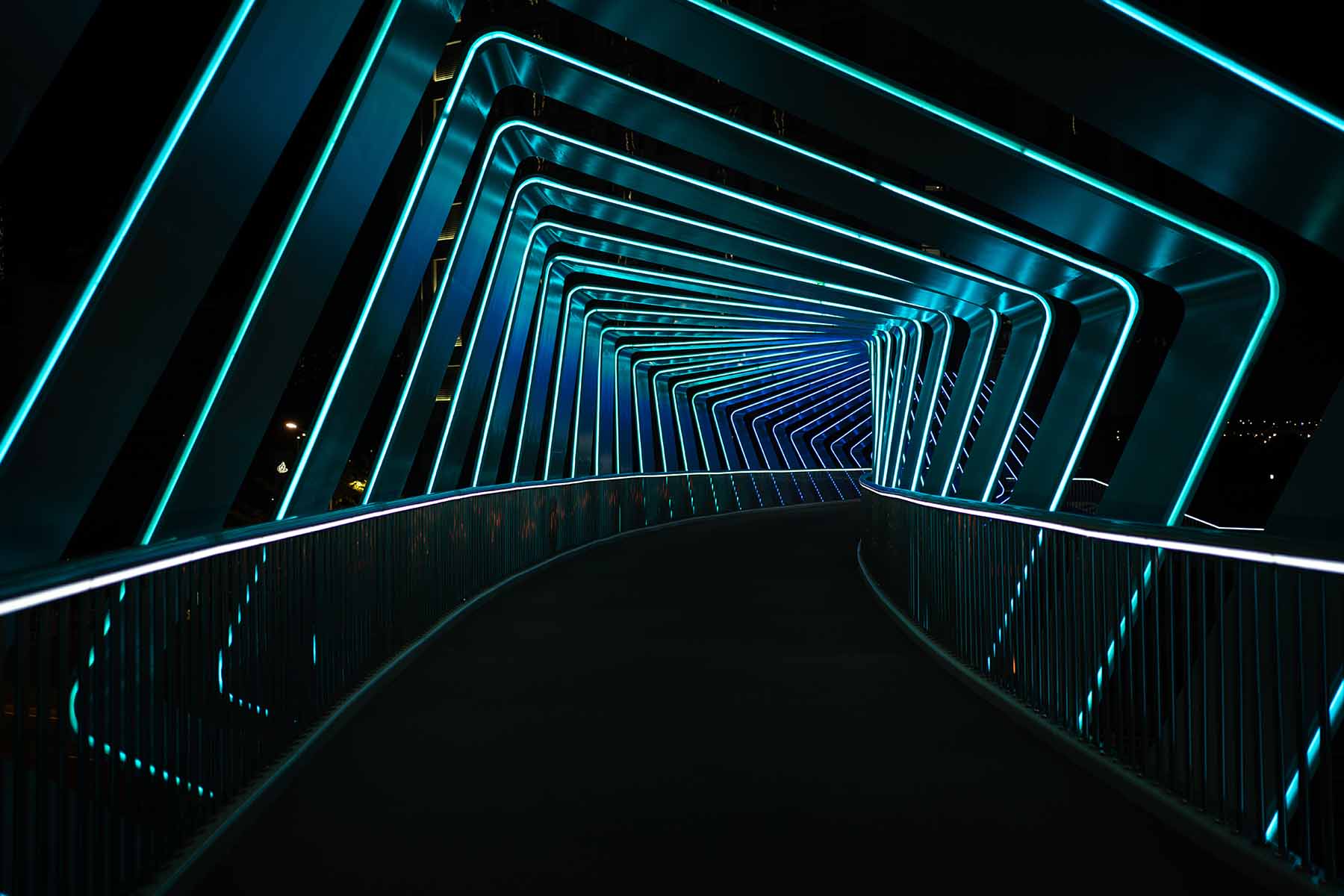
Multinational companies must have an India strategy
The Indian market is hugely attractive to brands, but multinational companies must have a bespoke India strategy

Where there’s women’s health, there’s wealth
There’s huge economic advantage in closing the women’s health gap, and yet still this gap is still formidable

